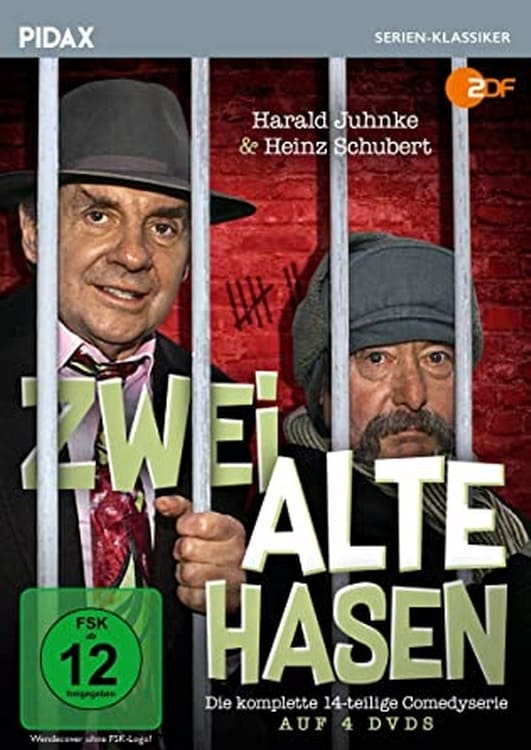

The devil tricks a little boy off his laughter in exchange for assured wins in all his bets. It depicts his journey after the deal with the devil, how he loses his soul bit by bit with each win.


KAFKA'S THE BURROW tells the story of a man's "metamorphosis" (as Kafka would put it) in a rapidly changing and increasingly isolated world. A man (Axel Prahl), who has seemingly achieved everything, ensconces himself in his burrow, a fortress-like apartment complex. But no matter how hard he tries to keep the outside world at a distance, he gets more and more entangled in his own web of fear and paranoia: those outside know he is there, they want him, they want his wealth, and they are inevitably going to get him ...
After 50 years, Marek remembers his dangerous adventure as a five-year-old, when he and his friend Itzek left a Polish transit camp one night in 1942 – a few days before their evacuation to Auschwitz – to go get the toys they forgot at the ghetto. Based on Becker's personal memories and his 1980 short story "The Wall."


Germany in the Thirties. A movie teller realizes that his profession is not longer needed. Silent movies are not produced any longer. Telling stories is the only thing the man was ever good in, so he does not know what to do now. As political circumstances are changing dramatically these days in Germany, he gets new hope that things will again be going better for him...
The son of a farmer is bathed in his blood in front of an isolated mountain hut. There is no record of the attacker. Two investigators disappear without a trace. Years later, policeman Brenner sets out to find his colleagues.
Heise studierte an der Hochschule für Schauspielkunst „Ernst Busch“ Berlin und schloss 1981 sein Studium ab. Ebenda arbeitete er auch als Dozent. Einer der ersten bekannteren Filme, in dem Heise mitspielte, war Der Hut des Brigadiers (1986). Er spielte auch an der Berliner Volksbühne, sowie Theater in München und Erfurt. Außerdem arbeitete er an verschiedenen Hörspielproduktionen mit
By browsing this website, you accept our cookies policy.